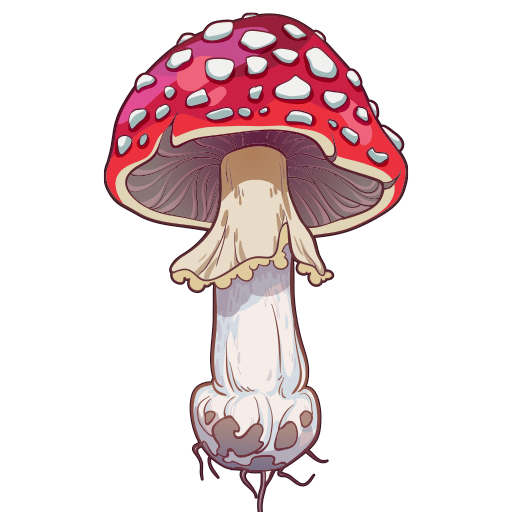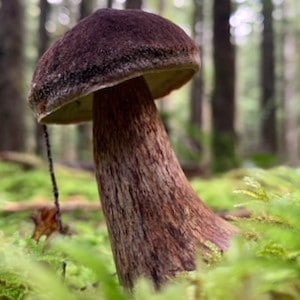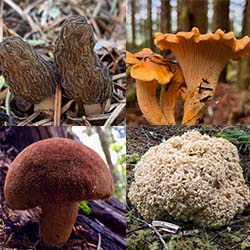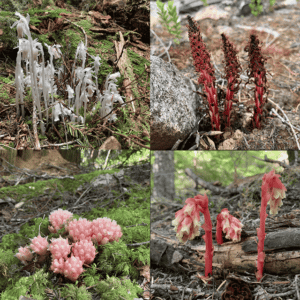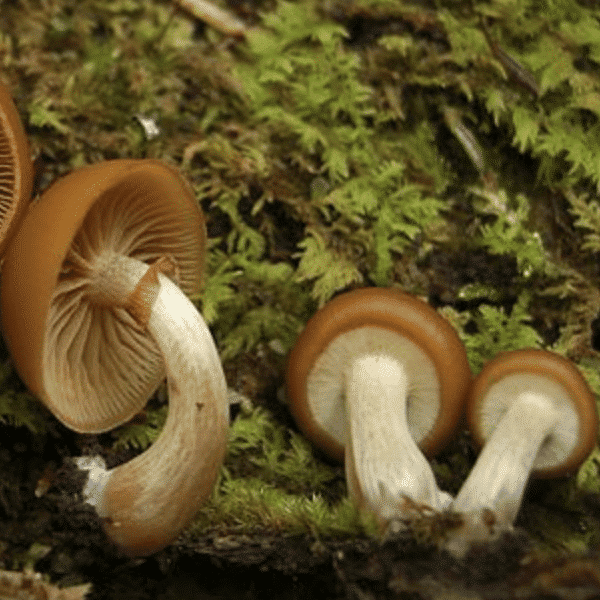
Engelmann Spruce
Picea engelmannii
Banner image by Ed Ogle, CC BY 2.0, via Wikimedia Commons
Names used in place of Engelmann Spruce include silver spruce, white spruce, and mountain spruce.
When found near mountain tree lines, trees such as the Engelmann spruce become Krommholz, which is a term used to describe bent, stunted trees that have been exposed to cold and powerful winds.
Wood of the Engelmann Spruce resonates wonderfully, making it a choice material in the production of some instruments such as guitars, violins and even organ pipes.
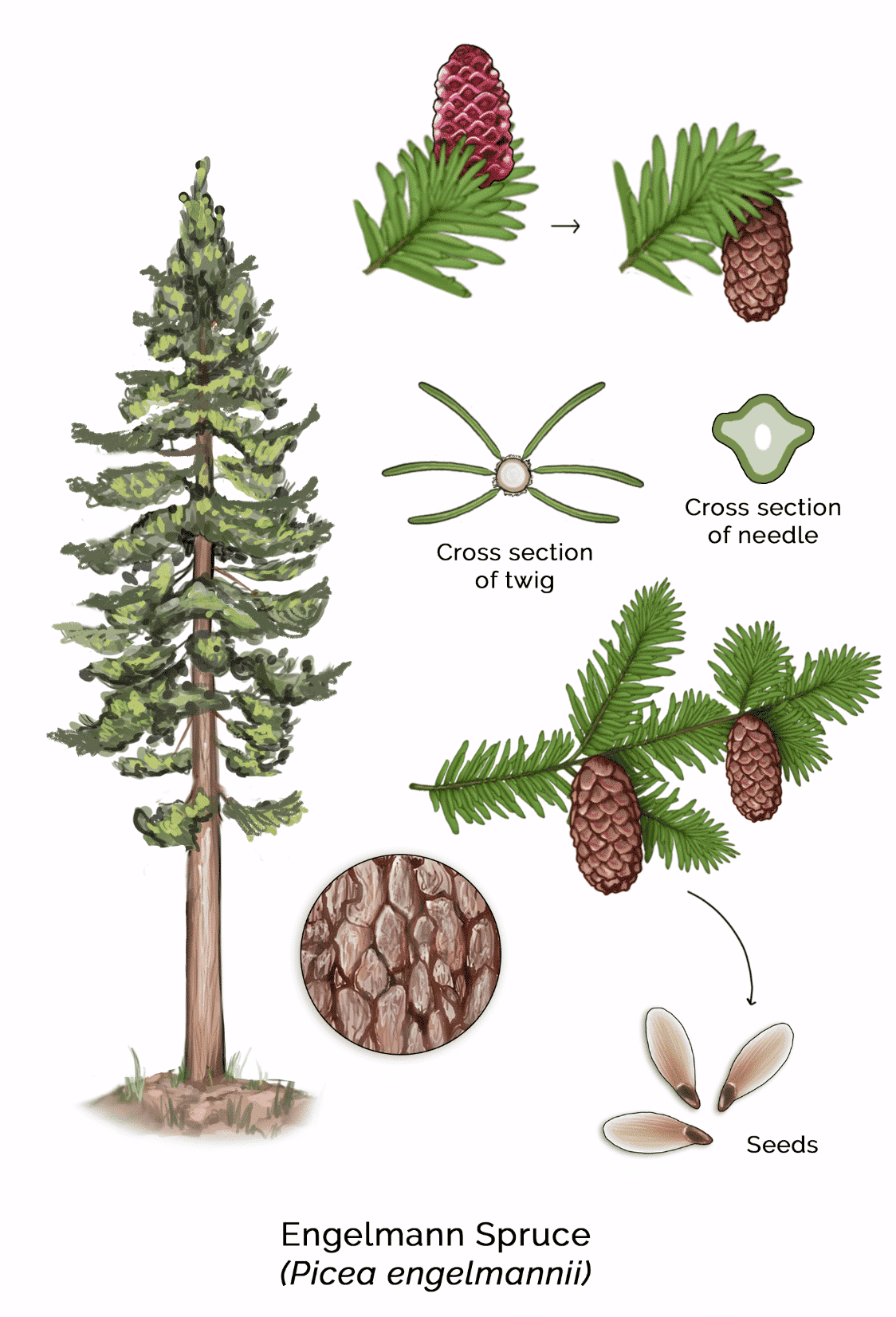
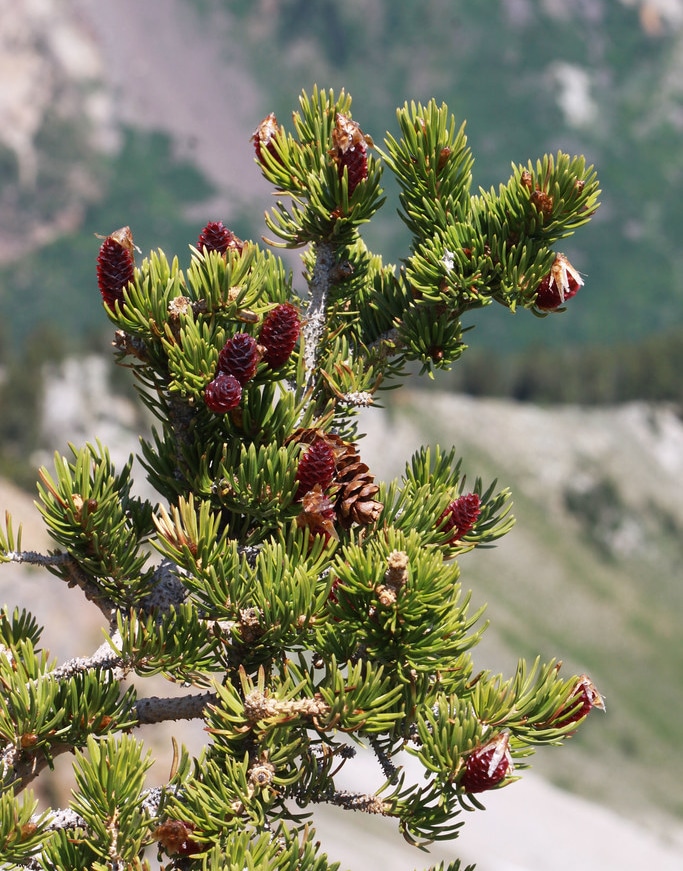
Cones
Both male and female cones exist on each individual tree.
(Female)
- Yellow to purple
- Majority hang from upper branches
- Paper-like
- 2 in. in length
(Male)
- Small
- Yellow to purple to brown
“2013.06.29_11.27.07_IMG_4890” by AndreyZharkikh is marked with CC BY 2.0.
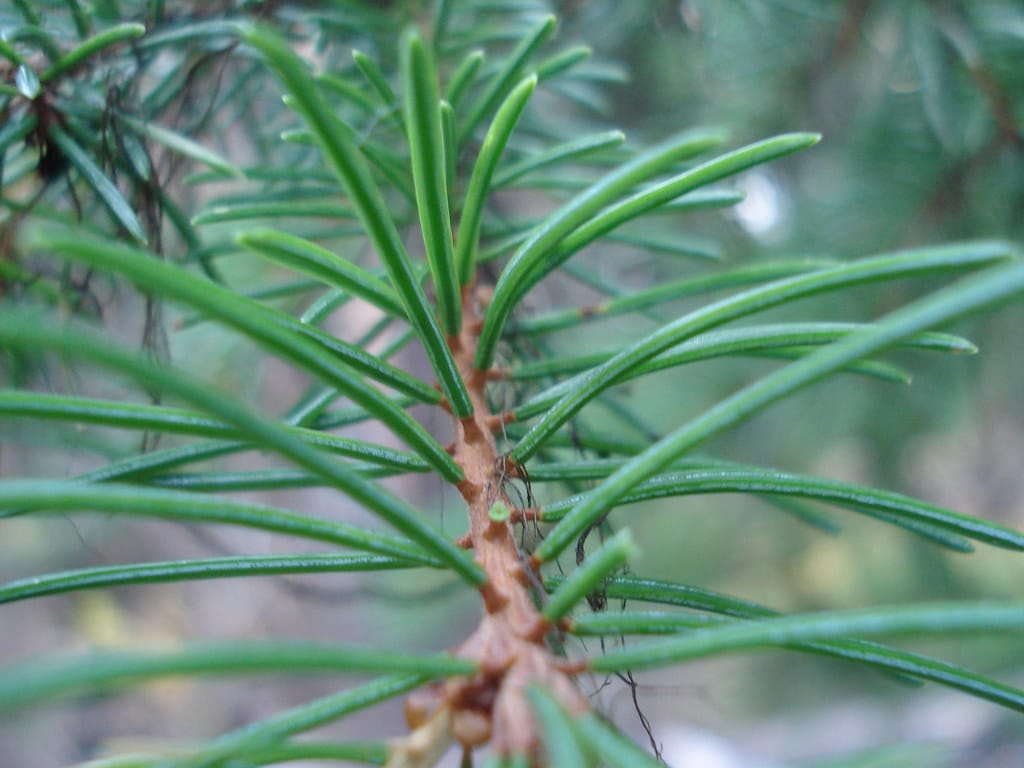
Leaves (needles)
- Four sided
- Sharp
- Pliable
- Arranged in various directions
- Blue-green
- White bands on top and bottom surface
“Engelmann Spruce needles (Picea engelmannii)” by sanchom (CC BY 2.0)

Bark
Did you know?
The word glaucous is used to describe plants’ appearances- such as the Engelmann spruce- as being a dull greyish-green or blue color. It’s a choice Christmas tree for sure!

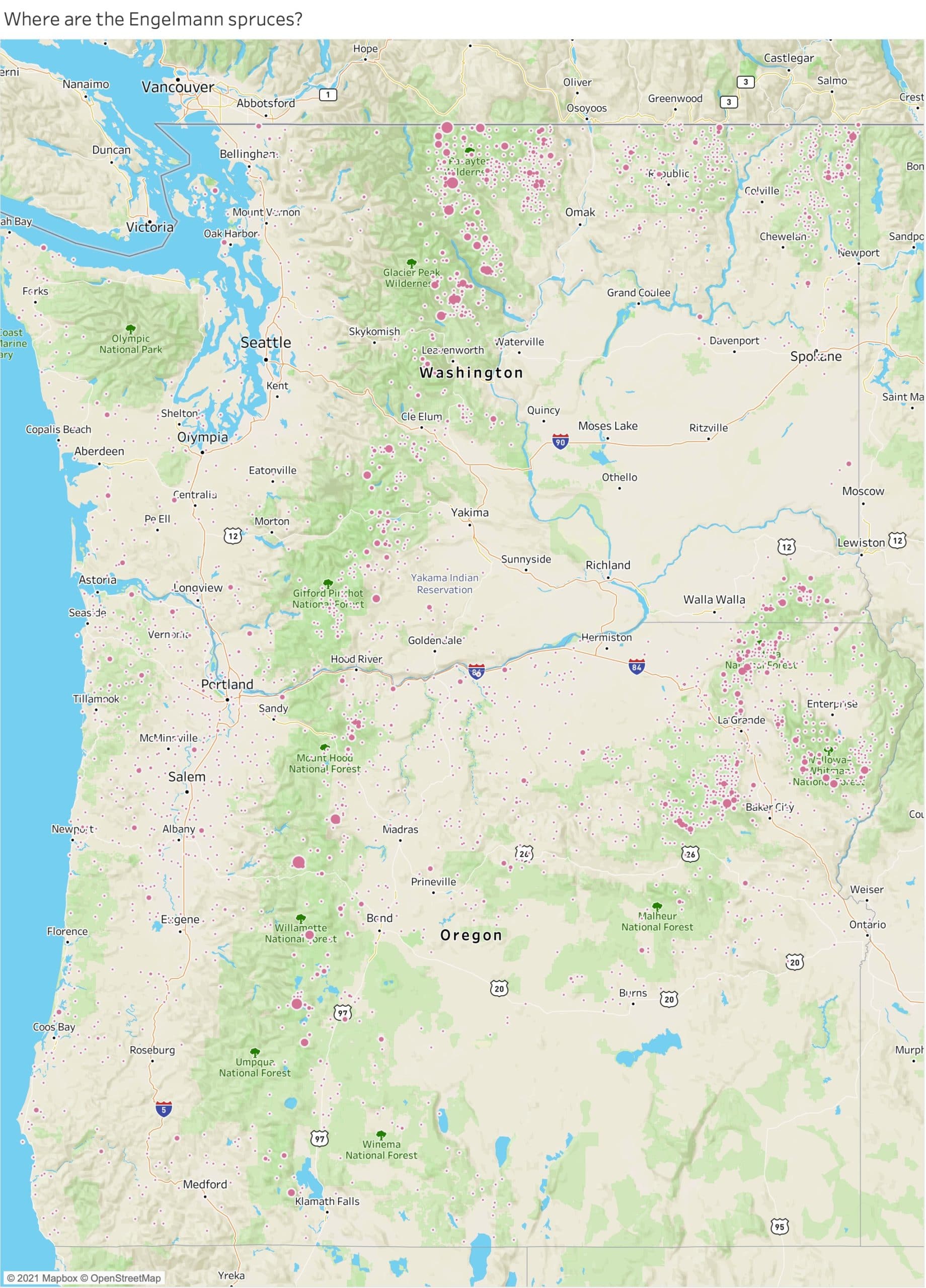
Mushrooms Found With Engelmann Spruce
Agaricus augustus

Amanita muscaria
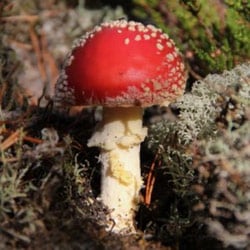
Chanterelles
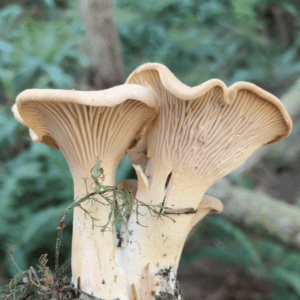
Fomitopsis pinicola
Ganoderma spp
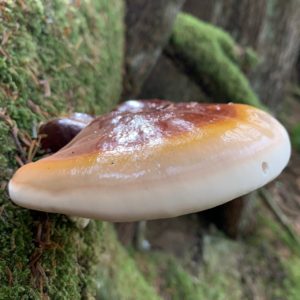
Gomphidius subroseus
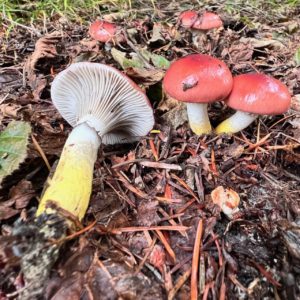
Gyromitra infula
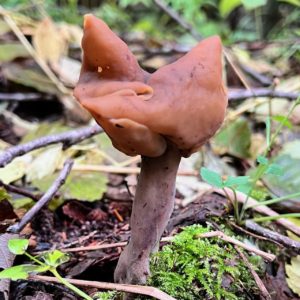
Hericium abietes
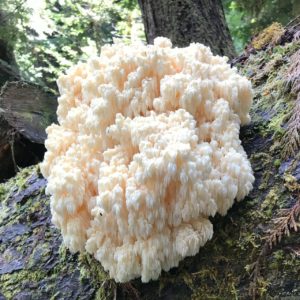
Laetiporus conifericola
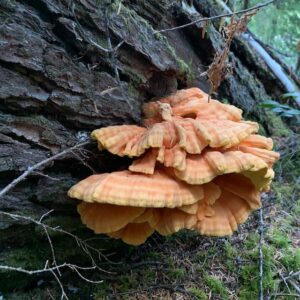
Laricifomes officinalis
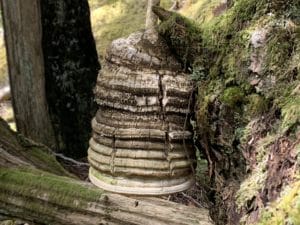
Marasmiellus candidus
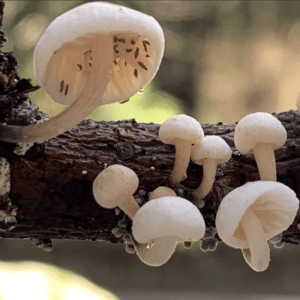
Pleurotus pulmonarius
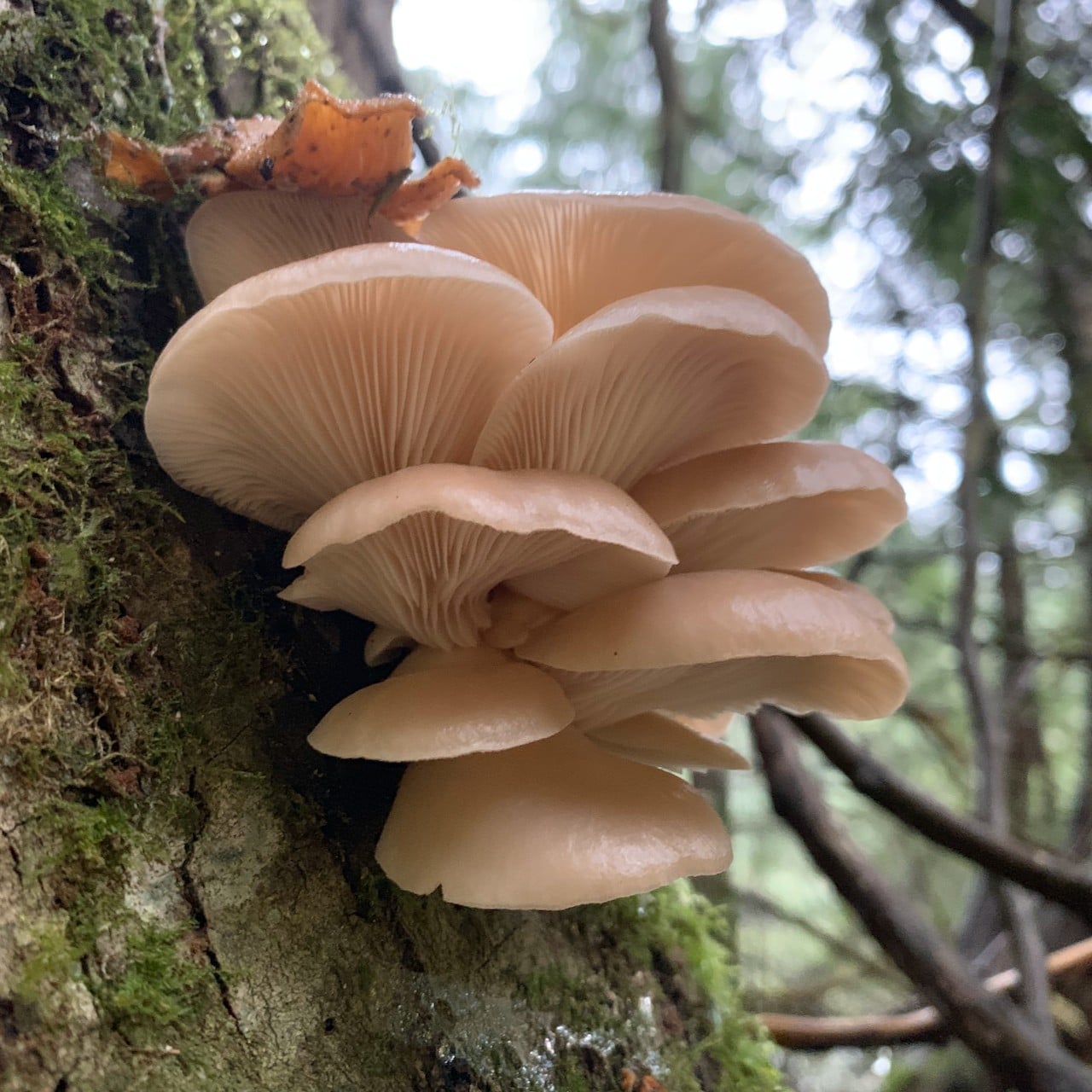
Pluteus exilis

Russula cerolens
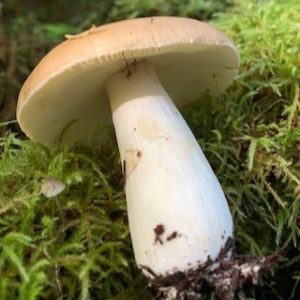
Trametes versicolor
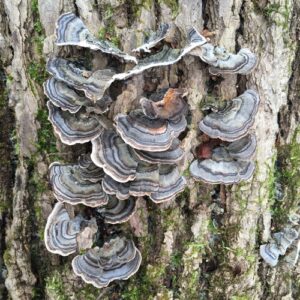
Tricholoma
Tricholoma terreum
Tricholoma vaccinum

Other Links
All Trees
Explore more popular trees in the Pacific Northwest

Popular Pages
Boletes
A selection of Pacific Northwest boletes
Mycoheterotrophs
Plants that depend on fungi for food
Poisonous Mushrooms
Many edible mushrooms can be poisonous, and many poisonous mushrooms can be edible.
Trees
Learn where to find, and how to identify the most common trees in the Pacific Northwest
